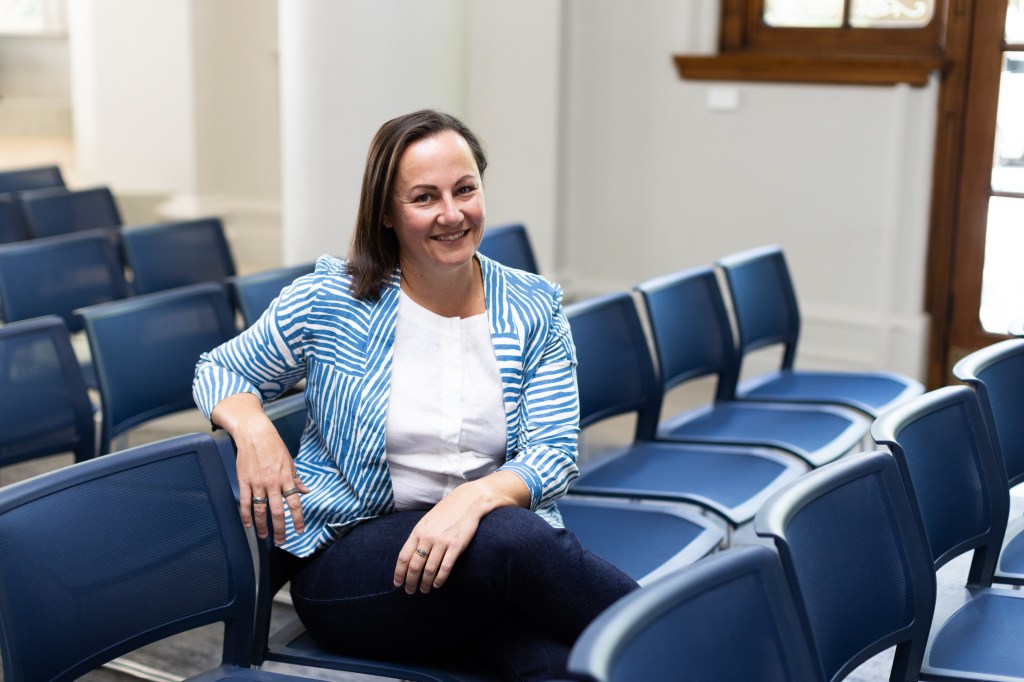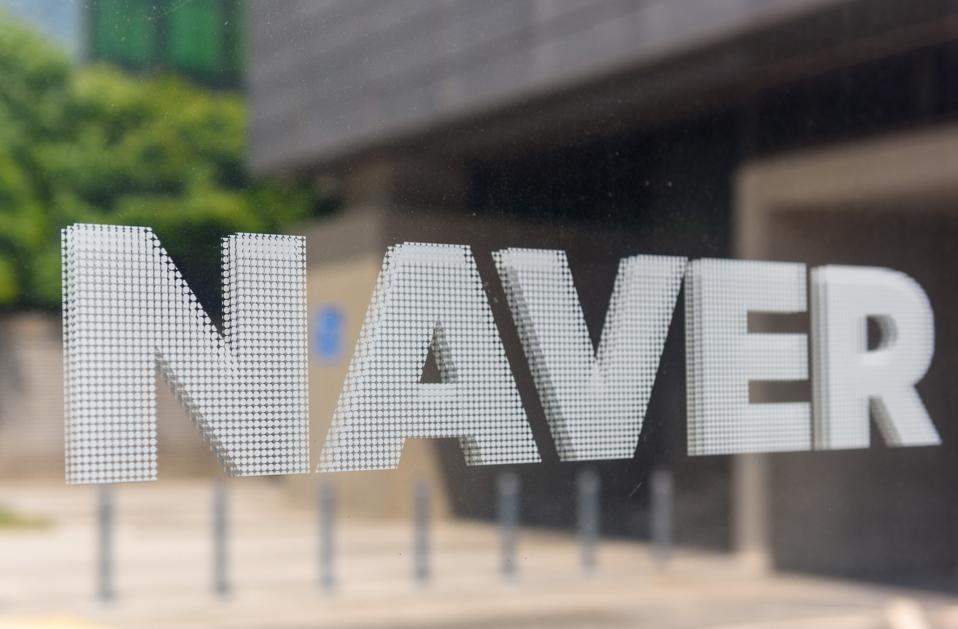Opinion: Cut Through Venture’s latest quarterly report shows 100% of Series B+ funding went to man-only startup teams, confirming what women founders already know: Australia’s venture ecosystem rewards sameness. But it doesn’t have to be this way, writes Kirstin Hunter.

Australia’s venture capital industry loves to talk about innovation, disruption and risk-taking. Yet, when it comes to who gets funded, the playbook hasn’t changed in decades. This is reinforced in black and white every 3 months with the publication of the exceptionally researched and written Cut Through Quarterly and State of Australian Startup Funding reports.
The Q3 2025 report released this week feels like groundhog day: women-only teams tracking at 1% of capital year to date (half their 2024 total, which in turn was half their 2023 total). Man-only teams winning 83% of the capital. Series B raises? A man-only zone.
I’m not even mad, just disappointed. This is a system that rewards sameness, but masquerades as meritocracy.
The pipeline myth
Let’s address one thing first: there is no pipeline problem when it comes to women founders.
I’ve spent a decade in this space: first as a founder raising capital myself, an executive supporting three incredible women founders, a mentor, an investor and I can confirm, the women are right here. They’re building, pitching, and performing. They’re winning customers and making money – just not for Australian venture capitalists or their limited partners.
During my time as MD at Techstars Tech Central Sydney Accelerator, I broke records by selecting a cohort where 83% of startups – 10 out of 12 founder teams – had at least one woman founder. This wasn’t just good luck, I deliberately sought to address bias at every stage of my team’s decision process – from applications (noticing that men will try their luck even with a weak concept whereas women tend not to apply until they feel ready), addressing the critical step between application and interview, and training our interviewers to be aware of preventative questions. I even shared this playbook for others to follow.
A year later, half of those women-led startups have raised close to $5 million in follow-on capital. The catch? Almost all of it came from abroad. US funds like Capital F, Asian investors Epic Angels and Verge Fund, and even New Zealand’s Brand Fund saw the opportunity, but Australian VCs didn’t.
There’s no lack of opportunity, this is not a pipeline issue.
My experience at Techstars also demonstrates something else: when investors are willing to think differently, outcomes change. Diversity can’t be willed into existence through good intentions; it has to be deliberately built into the system.
Rather than keep proving the point twelve companies at a time, I wanted to find a way to change the system at scale.
A more inclusive capital ecosystem
The good news is, we already have a scalable way to address the gender funding disparity in Australia, and it’s available right now.
Crowdsourced funding (CSF) lets everyday investors buy small equity stakes in private companies online (the average investment amount in F25 was just under $2,200), backing founders directly rather than through traditional venture capital firms.
CSF eliminates the gatekeeping role of the professional investor, replacing the homogeneity of the VC landscape with the wild diversity of the community. The combination of people power and financial power opens access to founders who’ve traditionally been excluded from VC networks, creating a more diverse and resilient ecosystem.
In the 2025 financial year, 32% of all crowdsourced funds raised have gone to teams with at least one woman founder — almost double the year-to-date representation of women founders in venture. This includes Andi Lucas, who raised $2.5 million across two CSF rounds for her hemp building products company X-Hemp; the team at The People’s Plant, who brought in $2.3 million across two rounds for their medicinal cannabis business; and Pronto Pilates, who raised $1.6 million in one of the largest single CSF raises last year.
When you broaden who gets to invest, you increase the variety of who gets investment.
In case anyone is confused, this isn’t charity. It’s not dumb money or a moral crusade. It’s a smarter model for modern capital, one that recognises breadth and diversity as a competitive advantage.
In the UK, equity crowdfunding has become a mainstream funding path for innovative early-stage ventures, precisely because it democratises access to capital without sacrificing growth potential. One of its most famous success stories is Revolut, the London-based fintech that began as a prepaid card startup in 2015 and has since grown into a global financial super-app serving tens of millions of customers across payments, savings, crypto trading, and investing.
Revolut raised early funds through its community, allowing customers to buy in alongside institutional investors. That strategy paid off. By converting users into owners, Revolut not only raised capital but built fierce loyalty and word-of-mouth momentum that helped propel its exponential growth.
Today, Revolut is valued at £75 billion, one of the highest valuations of any private fintech globally, up sharply from the £48 billion valuation earlier this year. The company is now running a secondary share sale that allows employees and early backers to realise part of their holdings, a clear signal of confidence from investors who see it standing shoulder-to-shoulder with the world’s largest banking groups.
The bottom line? Crowdsourced funding helped build one of the most valuable fintechs in history.
Capital control
As the latest Cut Through Quarterly numbers show, venture capital is anything but inclusive. A handful of firms led by a handful of men (and the occasional woman) back founders who mostly look like them. Those who make it become investors themselves, and the cycle begins again.
This concentration of power shapes the kind of innovation Australia values.
We’ve normalised a version of “innovation” that excludes half the talent pool, not to mention most of the people it claims to serve. The very industry that prides itself on data and disruption runs on bias and anecdote.
In a global market competing on ingenuity, we can’t afford to keep confusing familiarity for merit.
Innovation should mirror community, not control it
If capital allocation is meant to fuel innovation, it should mirror the community it serves.
Australia’s tech ecosystem has a choice to make. It can double down on the model that protects incumbents and rewards inertia, or it can embrace new models (like CSF) that distribute power, diversify participation, and deliver a thriving innovation economy.
Exclusion isn’t an accident, it’s a design choice. And so is inclusion.
Kirstin Hunter is the CEO of Birchal, an Australian crowd-sourced funding platform.
Look back on the week that was with hand-picked articles from Australia and around the world. Sign up to the Forbes Australia newsletter here or become a member here.


